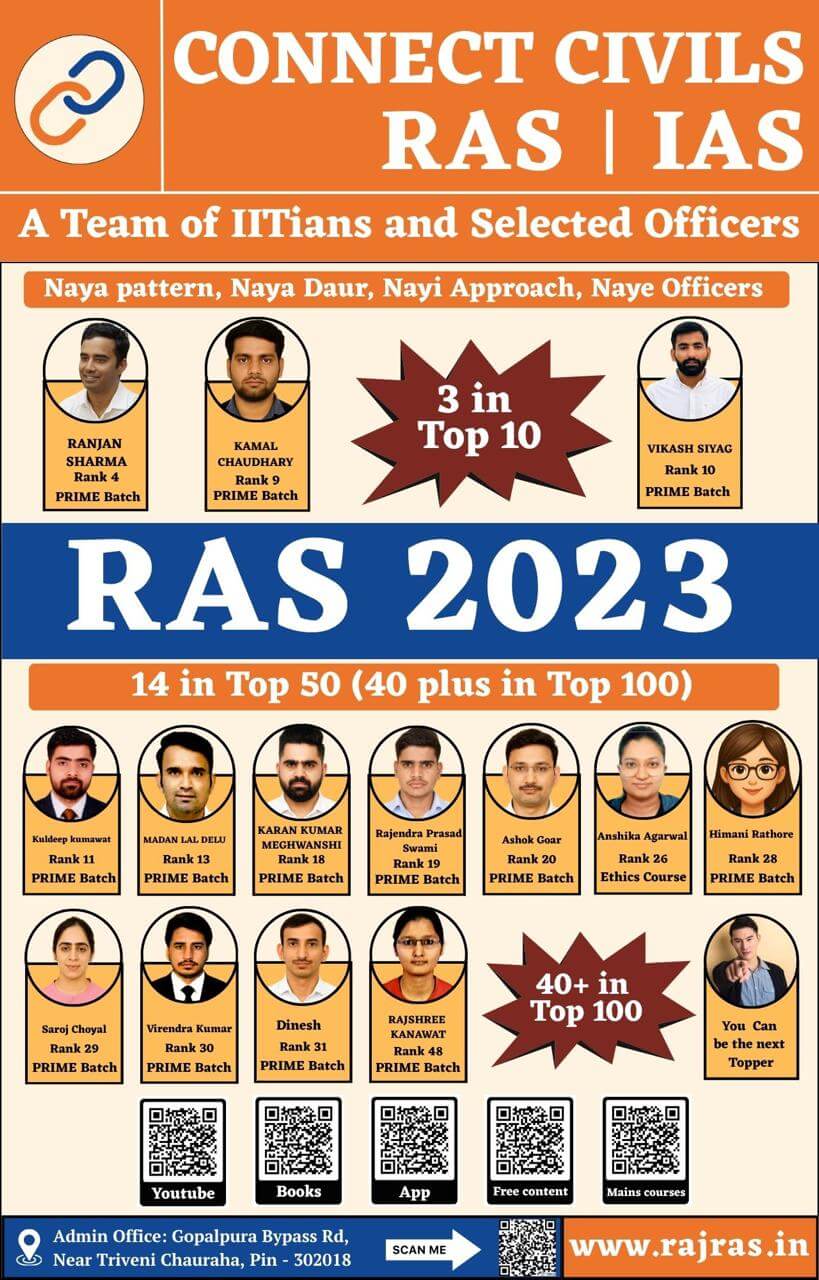A recent report has highlighted that Government’s ambitious push to port-led development under the Sagarmala project will help in saving as much as INR 35,000 – 40, ooo Crore per annum in logistic costs by year 2025. The report pointed out significant potential for moving raw materials and finished products using coastal shipping and inland waterways which is 60-80% cheaper than road or rail transport.
Here’s a look at various aspects of Sagarmala Project.
Background of Sagarmala Project:
The idea of the Project was first envisaged in August 2003, when the NDA Government had announced a Sagarmala project, which targeted a total investment of Rs.1 Lakh crore for direct and indirect development of the port sector. In 2005, UPA government renamed the project to National Maritime Development Programme. Later in 2010, the UPA-II government launched Maritime Agenda 2010-20 with an objective to create a port capacity of around 3200 MT to handle the expected traffic of about 2500 MT by 2020.
In 2014, when NDA government again came to power, it revitalized the project and again renamed it to its original name “Sagarmala Project“. March 2015, the cargo handling capacity stands at 871 Million Metric tonnes.
What is Sagarmala Project?
It is a project to modernize India’s Ports so that port-led development can be augmented and coastlines can be developed to contribute in India’s growth. The project aims to harness India’s 7,500-km long coastline and 14,500-km of potentially navigable waterways.

Objectives of Sagarmala Project:
The prime objective of the Sagarmala project is to promote port-led direct and indirect development and to provide infrastructure to transport goods to and from ports quickly, efficiently and cost-effectively. It looks towards “transforming the existing Ports into modern world class Ports and integrate the development of the Ports, the Industrial clusters and hinterland and efficient evacuation systems through road, rail, inland and coastal waterways resulting in Ports becoming the drivers of economic activity in coastal areas.
How will it achieve this?
Three Pillars of Sagarmala Project:
- Supporting and enabling Port-led Development through appropriate policy interventions and providing for an institutional framework for integrated development.
- Port Infrastructure Enhancement, including modernization and setting up of new ports.
- Efficient Evacuation to and from hinterland.
So what has Government done to achieve the aim?
Firstly, Government has created an administrative framework.
National Sagarmala Apex Committee (NSAC)
At apex level, a National Sagarmala Apex Committee (NSAC), headed by Union Minister in-charge of Shipping, has been created created to provide overall policy guidance. In April 2016, NSAC prepared and approved National Perspective Plan for the Sagarmala programme.
Sagarmala Coordination and Steering Committee (SCSC)
SCSC Committee has been constituted to coordinate between various ministries, state governments and agencies connected with implementation and review the progress of implementation of the National Perspective Plan, Detailed Master Plans and projects. The Committee looks into financing options for the funding of projects, possibility of public-private partnership in the projects.
Sagarmala Development Company (SDC)
In September 2016, Union Government incorporated the Sagarmala Development Company (SDC) under the Companies Act, 2013. It would have an initial Authorized Share Capital of Rs. 1,000 Crore and a Subscribed Share Capital of Rs. 90 Crore
The company would serve as a nodal agency for coordination and monitoring of Sagarmala project.
Secondly, Government has taken up development of various projects under National Perspective Plan.
National Perspective Plan:
The national perspective plan has been prepared and approved by National Sagarmala Apex Committee (NSAC). It integrates the Industrial Corridors, Dedicated Freight Corridors, National Highway Development Programme, Industrial Clusters and so on.
- A total of 173 projects have been initially identified under four projects archetypes in National Perspective Plan.

- 26 Port Rail Connectivity Projects were identified under NPP, of which 2 have been completed and 18 are under implementation by Ministry of Railways.
- Six Mega-ports have been planned:
- West Bengal: Sagar Island
- Tamil Nadu: Colachel
- Gujarat: Wadhwan
- Karnataka: Tadadi
- Andhra Pradesh: Machilipatnam
Benefits of Sagarmala Project:
The Sagarmala project would help in reducing cost for both the domestic as well as export-import (EXIM) cargo,as movement of raw materials and finished products through coastal shipping and inland waterways would be 60-80% cheaper than road and rail transport.
- A recent study has revealed that the project will help in saving as much as INR 35,000 – 40, ooo Crore per annum in logistic costs by year 2025.
- The programme would increase the share of inland waterways and coastal shipping in the modal mix from 6% to 12%.
- According to the study, the cost of power generation would get reduced by Rs.0.50 per unit of power as the programme would enable smooth and efficient movement of coal through coastal route. The cost of coal logistics makes up for 35% of the cost of power production.
Difference with Bharat-mala Project:
- Bharatmala is an ambitious road and highways project of Union Government.
- It plans to cover northern states starting from Gujarat, Rajasthan, Punjab, Himalayan states – Jammu and Kashmir, Himachal Pradesh, Uttarakhand, borders of Uttar Pradesh and Bihar, and North-eastern states of Sikkim, Assam, Arunachal Pradesh, up to the Indo-Myanmar border in Manipur and Mizoram.



